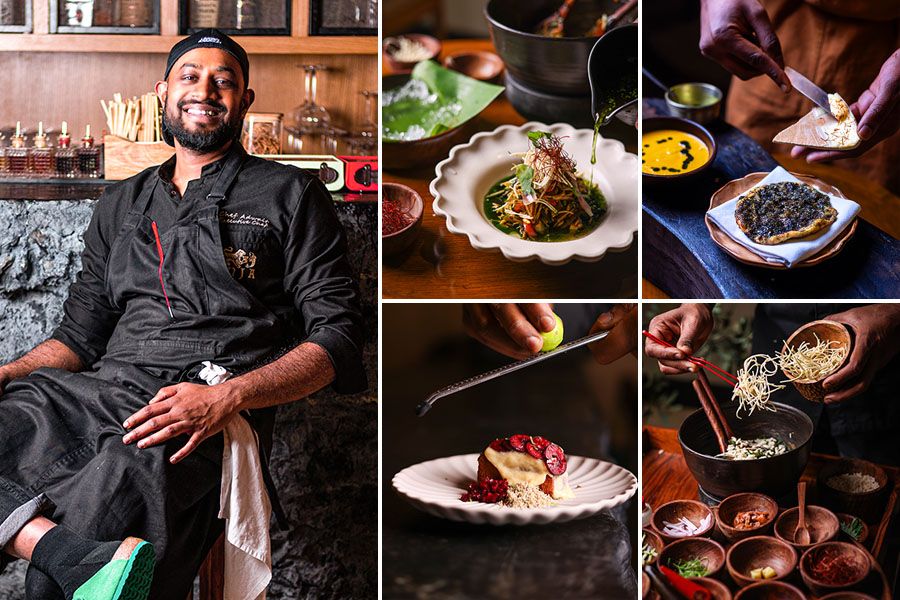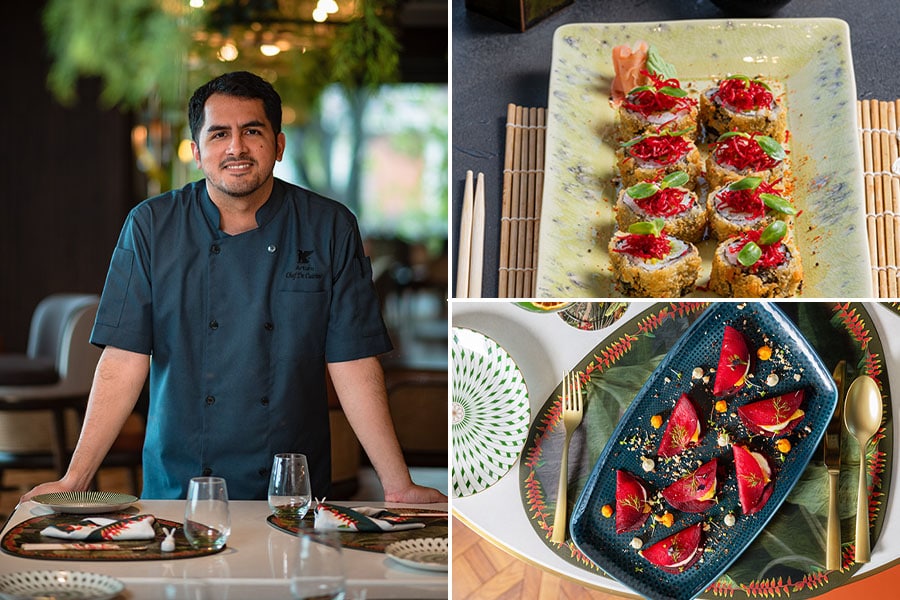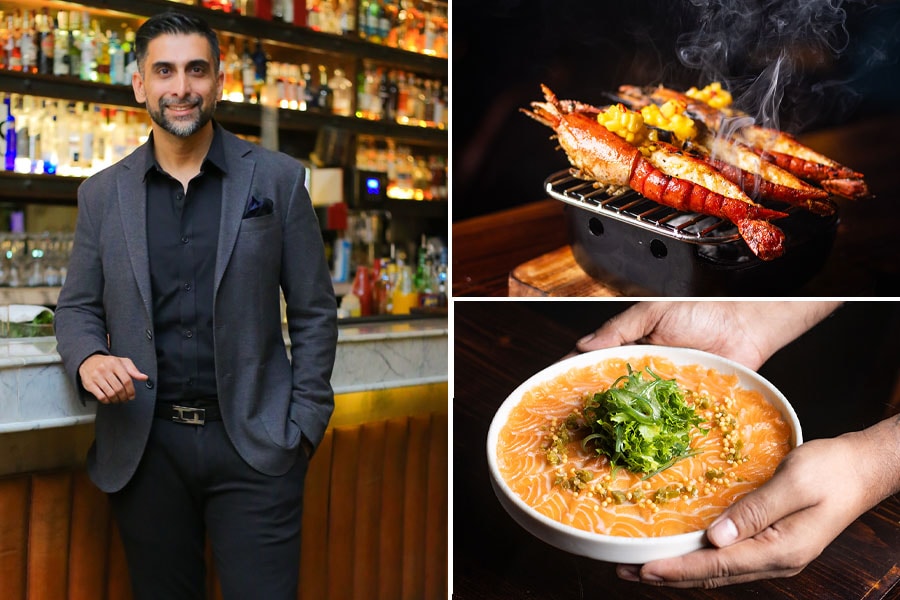
Ramen in Ludhiana, sushi in Kothrud
How Indian-Japanese became India's most popular restaurant food — and is stirring up middle India's interest in all things Japan
 Japanese with Indian accents has emerged as one of the top restaurant cuisines in India, post pandemic.
Japanese with Indian accents has emerged as one of the top restaurant cuisines in India, post pandemic.
This March, as the Sakura season arrives, chef Vanshika Bhatia, one of India’s top young chefs, will be headed to Japan—on her honeymoon. “We have it all planned, the ramen and the sushi, the noodle and the whisky bars”, she chuckles. Bhatia is, of course, a professional and the trip is clearly mixing work with pleasure. But she also represents a cross-section of middle-class Indians gravitating towards Japan, mediated by their love for Japanese food, often Indianised.
Purists like Bhatia and connossieurs aside, a majority of Indian consumers are buying into an idea of Japanese food that is distinctly Indian—with flavours amped up even when ingredients and techniques are Japanese, cooked by young Indian chefs who use regional Indian produce, vegetarian substitutes, and, in general, a cult of sushi, ramen, teppanyaki that is more cooked, more seasoned and more sauced than anything you may find in Japan. Or, even in California, despite its mayo-laden maki rolls.
The popularity of this contemporary Indian-Japanese cuisine is exploding, overturning Japanese food’s elitist image as a luxury cuisine in the past two decades.
Post pandemic, driven by increased social media consumption and an aspiration to internationalism, middle-class Indians are discovering Japanese food—and Japan—in more democratised formats, even in smaller metros and tier 2 cities. While it was conventionally believed that Indian and Indian-Chinese were the highest-selling restaurant cuisines in India, Indian-Japanese may in fact be overtaking Indian-Chinese in popularity.
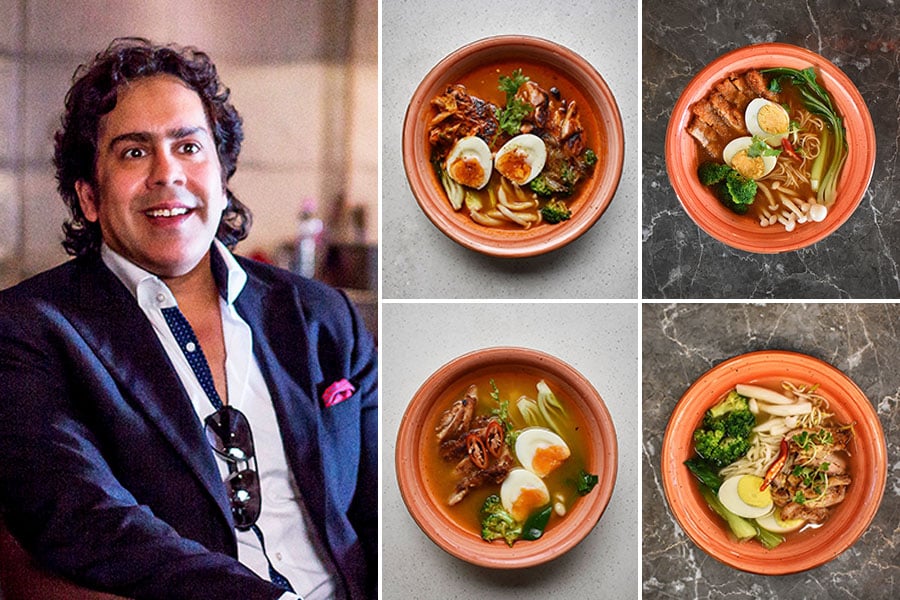 Kylin has been expanding rapidly in Punjab and Uttarakhand, and restaurateur Saurabh Khanijo says their sushi and ramen are most popular items in Chandigarh and Dehradun.
Kylin has been expanding rapidly in Punjab and Uttarakhand, and restaurateur Saurabh Khanijo says their sushi and ramen are most popular items in Chandigarh and Dehradun.



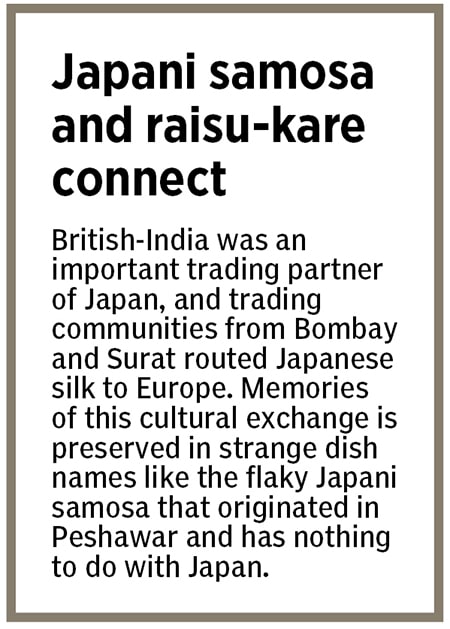 According to Khanijo, though Indian Chinese was the most popular cuisine earlier, the fascination with Indian-Japanese is now evident. Demand is shooting up because it is perceived as healthier and novel. “Forty percent of my menu at Kylin is Japanese, and sushi is the most popular item,” he says, “though ramen is getting very popular at our outlets in Chandigarh and Dehradun.” Then, there is teppanyaki, the new healthy “tak-a-tak" popular in Punjab, and California-style maki rolls laden with chilli mayo, filled with tempura-battered prawns and such, pop foods in India now.
According to Khanijo, though Indian Chinese was the most popular cuisine earlier, the fascination with Indian-Japanese is now evident. Demand is shooting up because it is perceived as healthier and novel. “Forty percent of my menu at Kylin is Japanese, and sushi is the most popular item,” he says, “though ramen is getting very popular at our outlets in Chandigarh and Dehradun.” Then, there is teppanyaki, the new healthy “tak-a-tak" popular in Punjab, and California-style maki rolls laden with chilli mayo, filled with tempura-battered prawns and such, pop foods in India now. 